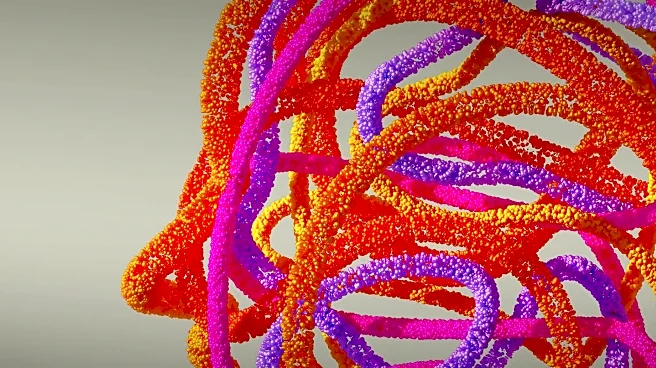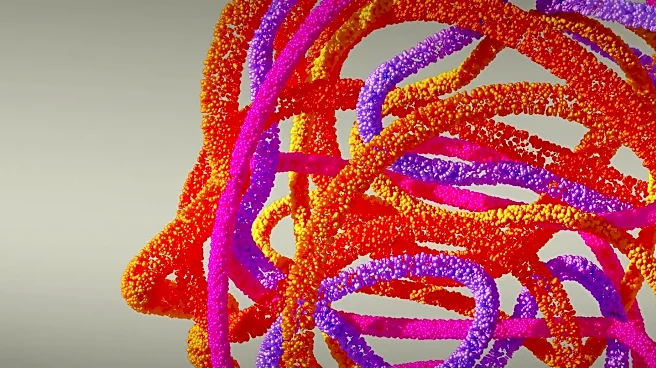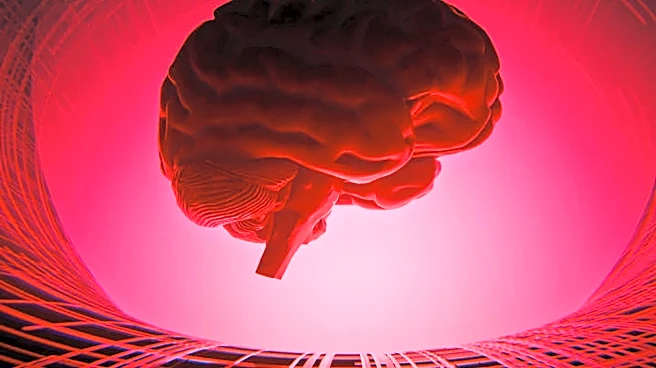What's Happening?
Researchers at Tokyo Metropolitan University have made significant strides in understanding Alzheimer's disease by focusing on the formation of tau protein fibrils. Their study reveals that these fibrils emerge
after large clusters of tau proteins gather in solution, a process akin to polymer crystallization. By disrupting these early clusters, the formation of fibrils was prevented, suggesting a promising new direction for Alzheimer's treatment. The research team, led by Professor Rei Kurita, applied polymer physics concepts to study tau proteins, discovering that fibril formation is preceded by a precursor stage involving loose assemblies of tau proteins. Techniques such as small angle X-ray scattering confirmed these structures, which are soft and temporary. Altering sodium chloride levels in the presence of heparin dissolved these clusters, preventing fibril formation.
Why It's Important?
This research offers a potential shift in Alzheimer's treatment strategies, focusing on preventing the precursor stage of tau protein fibril formation rather than breaking apart the final fibrils. This approach could significantly impact the development of therapies for Alzheimer's and other neurodegenerative diseases like Parkinson's. By targeting the early stages of tau protein aggregation, scientists may be able to halt the progression of cognitive decline associated with these conditions. The findings underscore the importance of interdisciplinary approaches in tackling complex medical challenges, potentially leading to more effective treatments and improved patient outcomes.












